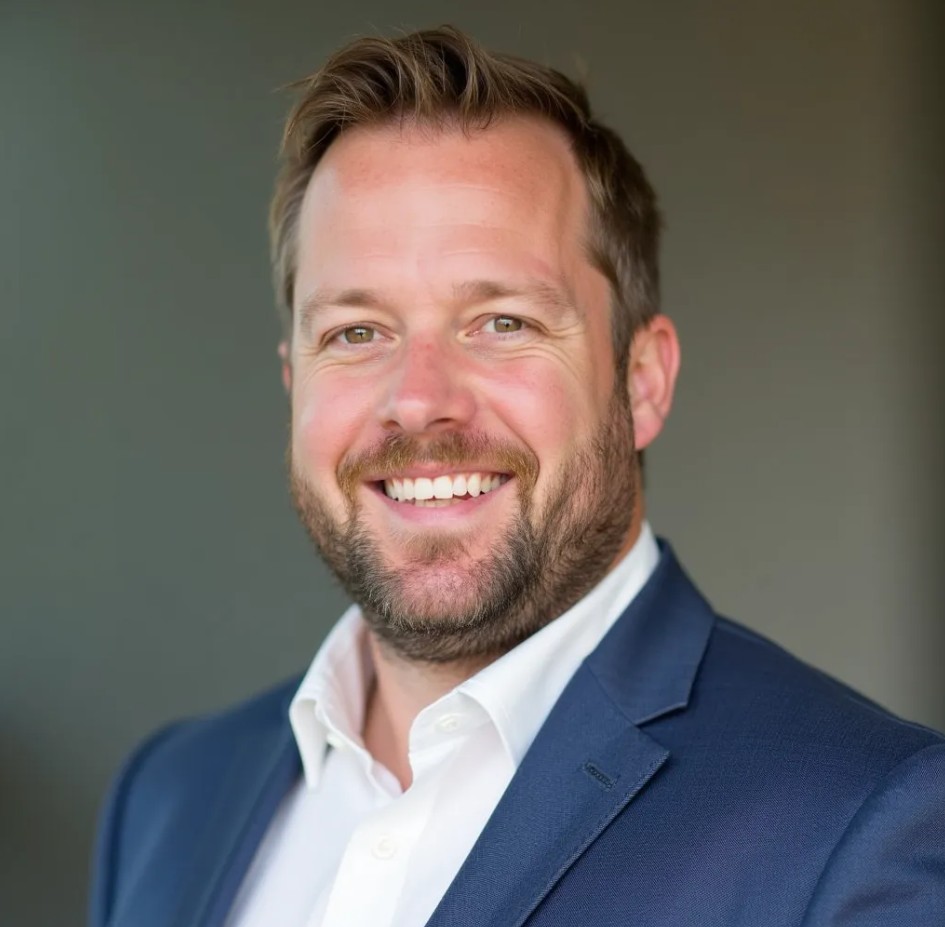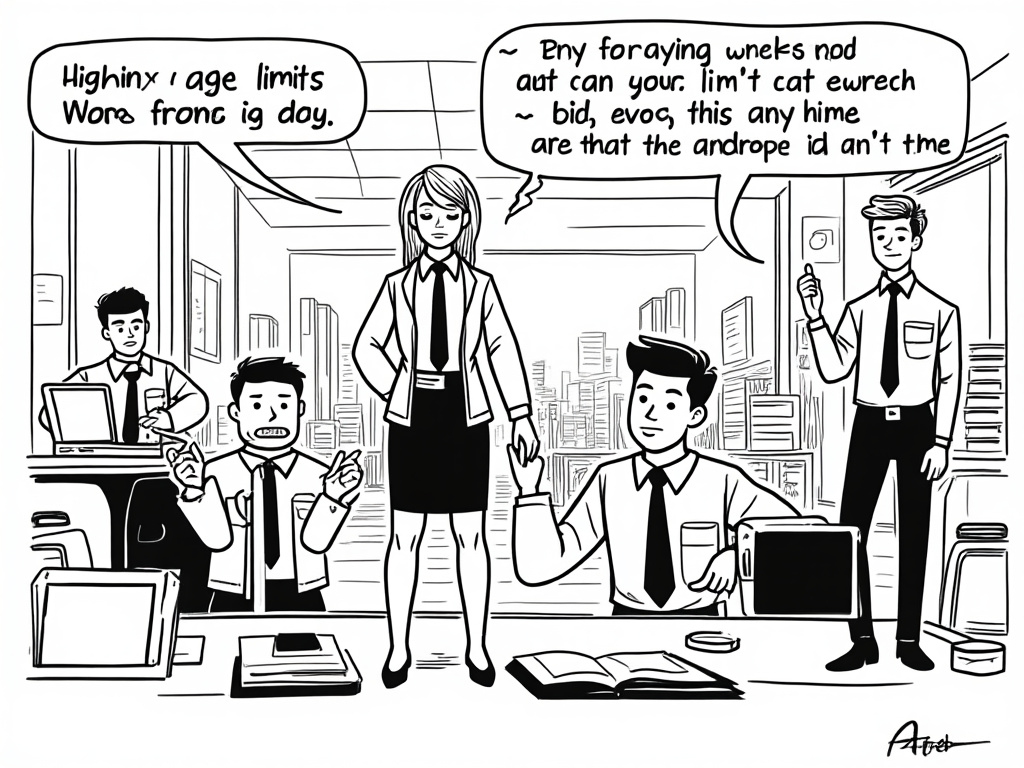
Mastering RAK’s Energy Transition: The 2040 Strategy Decoded
Reading time: 11 minutes
Table of Contents
- Introduction to RAK’s Energy Vision
- The Five Pillars of RAK’s Energy Strategy
- Renewable Energy Targets and Implementation
- Energy Efficiency Measures and Smart Solutions
- Investment Landscape and Economic Benefits
- Success Stories and Pilot Projects
- Navigating Implementation Challenges
- Strategic Implementation Roadmap
- Frequently Asked Questions
Introduction to RAK’s Energy Vision
Feeling overwhelmed by the rapid evolution of energy policies in the UAE? You’re not alone. Ras Al Khaimah’s 2040 Energy Efficiency and Renewables Strategy represents one of the most ambitious yet pragmatic approaches to energy transformation in the region—but what does it really mean for businesses, residents, and investors?
Launched in 2018, RAK’s energy strategy isn’t just another government initiative; it’s a comprehensive framework designed to fundamentally reshape the emirate’s energy landscape while creating substantial economic opportunities. The strategy aims to reduce energy consumption by 30%, water consumption by 20%, and generate 20% of its energy from renewable sources by 2040.
Let’s cut through the complexity: This isn’t about idealistic environmental goals; it’s about creating a resilient, economically vibrant emirate with diversified energy sources and reduced operational costs across all sectors.
Consider this scenario: While Dubai and Abu Dhabi have captured headlines with mega-projects like Mohammed bin Rashid Solar Park, RAK has been methodically building a strategy that prioritizes practical implementation and sector-specific approaches. The result? A strategy that delivers tangible benefits across industrial, commercial, residential, and government sectors.
The Five Pillars of RAK’s Energy Strategy
RAK’s energy transformation stands on five strategic pillars, each addressing specific aspects of the energy ecosystem:
Green Building Regulations
The Barjeel Green Building Regulations form the cornerstone of RAK’s built environment transformation. Implemented in 2019, these regulations apply to all new buildings in the emirate, ensuring energy and water efficiency from the ground up.
What makes Barjeel distinctive is its tailored approach to RAK’s specific climate and building typologies. Unlike borrowed regulatory frameworks, Barjeel was developed with rigorous cost-benefit analysis to ensure it delivers real economic value alongside environmental benefits.
“The Barjeel regulations were designed to achieve an optimal balance between environmental impact and economic feasibility,” explains Andrea Di Gregorio, Executive Director of Ras Al Khaimah’s Energy Efficiency and Renewables Administration. “Initial analysis shows the regulations can reduce energy consumption in new buildings by approximately 30% with a payback period typically under seven years.”
Building Retrofits
With existing buildings accounting for approximately 80% of RAK’s built environment energy consumption, the retrofit program targets energy-intensive structures for systematic upgrades. The program utilizes Energy Performance Contracting (EPC) and other innovative financing mechanisms to overcome capital investment barriers.
The program has already achieved remarkable success with government buildings. The retrofitting of 18 government buildings has delivered average energy savings of 25%, proving the business case for larger-scale implementation.
Efficient Appliances
This pillar focuses on accelerating the adoption of energy-efficient appliances and equipment throughout RAK. By combining regulatory measures with awareness campaigns, the strategy aims to shift consumer and business purchasing decisions toward high-efficiency options.
The approach includes collaborating with retailers, providing consumer education, and potentially implementing incentive programs to offset the higher initial cost of premium efficient appliances—all designed to achieve long-term operational savings.
Renewable Energy
RAK’s renewable energy pillar sets an initial 20% target for energy from renewable sources by 2040, with solar power as the primary focus given the emirate’s abundant sunshine. This includes large-scale solar installations and distributed solar (rooftop PV systems).
Beyond just installation targets, this pillar encompasses grid integration planning, regulatory frameworks for independent power producers, and innovative models for community solar participation.
Efficient Mobility
The fifth pillar addresses transport energy consumption through a multi-faceted approach: promoting electric vehicles, enhancing public transportation networks, and improving urban planning to reduce travel distances.
RAK Municipality has already begun transitioning its fleet to electric vehicles and has installed public EV charging infrastructure at key locations throughout the emirate.
Renewable Energy Targets and Implementation
Solar Power Dominance
RAK’s geographic location provides approximately 350 sunny days annually, making solar the logical centerpiece of its renewable strategy. The emirate has mapped high-potential zones for utility-scale installations while simultaneously encouraging distributed generation through rooftop systems.
The flagship project is the planned 100MW solar PV plant at Al Ghail industrial area, which will be developed in phases. Once completed, it’s expected to reduce carbon emissions by over 100,000 tons annually while providing competitive electricity prices for industrial consumers.
For rooftop solar, RAK has streamlined permitting processes and introduced clear connection guidelines to facilitate faster adoption. The “Shams” initiative specifically targets industrial facilities with large roof areas and high daytime consumption patterns.
Innovative Financing Mechanisms
Recognizing that upfront costs remain a barrier to renewable adoption, RAK has developed several financing approaches:
- Power Purchase Agreements (PPAs): Allowing consumers to purchase solar electricity without owning the systems
- Solar Leasing Programs: Spreading costs over time while delivering immediate savings
- Green Bonds: Exploring dedicated financial instruments for renewable projects
- Concessional Financing: Partnering with development banks for preferential terms
These mechanisms make renewable investments viable for a broader range of businesses and institutions. For example, RAK Ceramics—one of the emirate’s largest industrial players—successfully implemented a 5MW rooftop solar system through a PPA structure that required zero upfront investment while delivering electricity at approximately 20% below grid prices.
Energy Efficiency Measures and Smart Solutions
Energy efficiency represents the highest-value opportunity in RAK’s strategy, with potential savings estimated at over AED 500 million annually by 2040.
Building Performance Optimization
Beyond the Barjeel regulations for new construction, RAK has developed a comprehensive approach to existing buildings:
- Energy Audits: Standardized assessment protocols to identify opportunities
- Retrofit Programs: Targeted upgrades for HVAC, lighting, and building envelopes
- Building Management Systems: Smart controls to optimize performance
- Retrocommissioning: Ensuring existing systems operate at peak efficiency
One standout example is the RAK Courts building retrofit, which achieved 30% energy reduction through a combination of LED lighting, HVAC optimization, and smart controls—with a payback period of just 4.2 years.
District Cooling Expansion
District cooling represents a significant efficiency opportunity for RAK’s dense urban and commercial areas. The strategy includes plans to expand district cooling infrastructure in key development zones, potentially reducing cooling-related energy consumption by up to 40% compared to individual systems.
The Al Hamra district cooling plant demonstrates the potential, serving multiple hotels and residential towers while operating at efficiencies that individual systems simply cannot match.
Smart City Integration
RAK is strategically incorporating energy efficiency into its broader smart city initiatives, creating synergies between energy, water, transportation, and urban services. This includes:
- Smart street lighting with motion sensors and LED technology
- Integrated building energy management systems
- Smart grid infrastructure for better load management
- IoT-enabled water and energy monitoring
The Al Marjan Island development serves as a testing ground for these integrated approaches, with initial deployments showing energy savings of 23% across public infrastructure.
Investment Landscape and Economic Benefits
The 2040 Energy Strategy is projected to create investment opportunities exceeding AED 4 billion while generating substantial economic benefits:
| Investment Sector | Estimated Investment (AED) | Job Creation Potential | ROI Timeframe | Annual Savings (AED) |
|---|---|---|---|---|
| Building Retrofits | 1.2 billion | 800-1,200 jobs | 4-7 years | 200-250 million |
| Solar PV Deployment | 1.8 billion | 500-700 jobs | 6-8 years | 150-200 million |
| Efficient Appliances | 400 million | 200-300 jobs | 2-4 years | 100-120 million |
| Smart Energy Systems | 600 million | 300-500 jobs | 5-7 years | 80-100 million |
Beyond direct financial returns, the strategy delivers secondary benefits including enhanced competitiveness for RAK businesses through lower operational costs, improved energy security, and positioning RAK as a leader in sustainable development.
Success Stories and Pilot Projects
RAK Municipality Headquarters Retrofit
This flagship project demonstrates the potential of comprehensive energy retrofits in government buildings:
- Measures implemented: LED lighting conversion, HVAC optimization, building envelope improvements, rooftop solar PV (120kW)
- Investment: AED 3.5 million
- Results: 38% reduction in electricity consumption, annual savings of AED 880,000
- Payback period: 4 years
The project utilized an Energy Performance Contract (EPC) with a guaranteed savings structure, demonstrating the viability of this financing approach for public buildings.
Al Ghail Industrial Solar Project
This ongoing project represents RAK’s first utility-scale renewable installation:
- Capacity: First phase 15MW, scaling to 100MW
- Structure: Independent Power Producer (IPP) model with competitive bidding
- Tariff achieved: AED 0.085/kWh (significantly below grid parity)
- CO2 reduction: 25,000 tons annually in first phase
The project demonstrates RAK’s ability to attract competitive private investment in renewable energy while delivering economic benefits to industrial consumers.
Navigating Implementation Challenges
Despite promising progress, RAK’s energy transition faces several implementation challenges:
Technical and Infrastructure Constraints
The current grid infrastructure requires significant upgrades to accommodate growing renewable penetration. Issues include:
- Limited flexibility in the existing grid to handle intermittent renewable generation
- Interconnection complexities with the broader UAE electrical system
- Need for advanced forecasting capabilities to manage solar generation variability
To address these challenges, RAK is investing in grid modernization and exploring energy storage solutions to improve system flexibility. Pilot battery storage projects are underway at critical substation locations.
Financing and Market Barriers
Despite declining technology costs, financing remains a barrier, particularly for:
- Small and medium enterprises with limited capital access
- Residential property owners facing split incentives (landlord-tenant dynamics)
- Projects with longer payback periods exceeding typical business planning horizons
In response, RAK is developing a Green Finance Framework to mobilize capital specifically for energy projects, including exploring a green bond issuance and creating a dedicated sustainable finance facility with local banks.
The visualization below shows the primary barriers to energy efficiency investment in RAK based on stakeholder surveys:
Strategic Implementation Roadmap: Your Path Through the Energy Transition
The energy transition isn’t just a government initiative—it’s an opportunity for businesses, investors, and residents to participate in RAK’s sustainable future while capturing economic benefits. Here’s your actionable roadmap:
For Businesses and Industry
- Conduct an energy audit – Start with a comprehensive assessment of your current energy consumption patterns. RAK’s Energy Efficiency and Renewables Administration offers subsidized audits for qualifying businesses.
- Explore financing options – Investigate the various financing mechanisms available, from traditional loans to energy performance contracts where payments are tied to actual savings achieved.
- Implement in phases – Begin with “quick wins” like lighting and control system upgrades that deliver immediate returns, then progress to more capital-intensive measures.
- Consider renewable options – Evaluate whether your facility is suitable for on-site generation or if purchasing renewable energy through available programs makes more economic sense.
- Monitor and optimize – Implement ongoing measurement and verification to ensure systems perform as expected and to identify further optimization opportunities.
For Investors and Developers
The strategy creates multiple entry points for investment, depending on your risk profile and expertise:
- Project development – There’s growing demand for turnkey energy efficiency and renewable solutions across all sectors.
- Financial products – Consider developing specialized financing products for energy projects or participating in green bond issuances.
- Technology provision – The emirate needs suppliers of efficient technologies, from building components to smart systems.
- Energy service companies – The market for performance-based energy services is rapidly expanding as awareness grows.
The real opportunity lies in combining technical expertise with innovative financing approaches to unlock projects that might otherwise remain unrealized.
Looking ahead, RAK’s energy landscape will increasingly favor early adopters who position themselves strategically within this transition. The momentum behind sustainable energy solutions continues to build, with each successful project creating references and confidence for the next wave of implementations.
What’s your organization’s first step toward capitalizing on RAK’s energy transformation? Whether you’re a business owner looking to reduce operational costs, an investor seeking stable returns, or a resident wanting to participate in a more sustainable future, the time to engage is now.
Frequently Asked Questions
How does RAK’s energy strategy compare to other emirates in the UAE?
While all UAE emirates are pursuing energy diversification, RAK’s approach is distinctive in its balanced focus across five integrated pillars rather than concentrating primarily on large-scale renewable projects. Where Dubai and Abu Dhabi have emphasized utility-scale installations, RAK has placed equal importance on demand-side management and efficiency. The strategy is also notable for its rigorous cost-benefit analysis to ensure economic viability alongside environmental benefits. This pragmatic approach reflects RAK’s industrial base and unique development needs, creating a model that potentially offers higher relevance for similarly positioned economies worldwide.
What incentives are available for businesses looking to implement energy efficiency or renewable projects?
RAK offers several incentives to accelerate energy projects. These include subsidized energy audits (up to 50% cost coverage for eligible businesses), expedited permitting for green buildings and solar installations, technical assistance programs, and recognition through green certification and award programs. Additionally, the government has worked with local banks to develop preferential financing terms for qualified energy projects. Rather than focusing primarily on direct subsidies, RAK has emphasized creating enabling conditions and removing administrative barriers, complemented by showcase government projects that demonstrate viable business models for the private sector to replicate.
How is the success of the RAK 2040 Energy Strategy being measured?
The strategy employs a comprehensive monitoring framework with both high-level and detailed metrics. At the macro level, key performance indicators include: total energy consumption relative to baseline projections, renewable energy share in the energy mix, greenhouse gas emissions, and economic benefits (jobs created, investment mobilized). More granular metrics track implementation progress across each strategic pillar, such as number of buildings retrofitted, renewable capacity installed, and electric vehicle adoption rates. The Reem platform—RAK’s energy data management system—collects and analyzes this data, with annual progress reports published to ensure transparency and accountability. The framework includes regular review mechanisms to adjust targets and approaches based on market developments and technology evolution.

Article reviewed by Priya Sharma, Commodities Trader | Working with Dubai’s Gold & Diamond Markets, on May 15, 2025





